
On Wednesday, May 1, I was leading the Mindfulness In Healing Sangha and welcomed two relatively new people to our sangha. Based on an earlier experience with a person I am mentor, I decided to teach my personal method of embodied self-compassion. I have been practicing this way for many years now and felt the desire to share it with my sangha. We can also practice “don’t know mind,” which can help us to not be attached to views about ourselves and live.
Embodied self-compassion consists of the same three qualities of mindful self-compassion: common humanity, compassion and mindfulness and extends the practice to reciting phrases in tune with the breath.
Common humanity is something we all share and hardly ever think about. This is because we get lost in our own story of suffering and fail to recognize that suffering, discomfort, unease and dissatisfaction are facts of life. We fail to recognize that we can ease our suffering which leads us to recognize that it’s not OUR suffering – it is THE suffering of life itself. This teaches us to bear witness to the joys and sorrows in our lives, in others and in the world. When we bear witness in this way, we learn to dis-identify with our suffering. We can also practice “don’t know mind,” which can help us to not be attached to views about ourselves and life.
There are four aspects of mindful self-compassion which help us understand the value of this practice. The first aspect is self-embracing, which involves being able to approach our present experiences with a compassionate and nonjudgmental mindset, welcoming whatever thoughts and sensations arise without attaching to preferences, avoiding dislikes, or neglecting what seems neutral.
The second aspect is self-comforting, which is the ability to respond to our immediate experiences with kindness, effectively soothing any reactions we may have to pleasant, unpleasant, or neutral stimuli.
The third aspect is relaxation and expansion, which is the capability to release tension and broaden our awareness, enabling us to step away from automatic patterns of thought and behavior, and to be receptive to releasing harmful aspects while embracing helpful ones.
The fourth aspect is self-nurturing which is recognizing our own needs, understanding how to address them skillfully, and actively fulfilling them both in the moment and as part of our ongoing lifestyle.
The third component is mindfulness: paying attention to what is going on in the present moment non-judgmentally. Mindfulness in this context refers to two primary practices. Body mindfulness focuses on the breath in the body. The breath is an integral part of this practice. The other practice is mindful sensitivity which centers on how our body responds to pleasant, unpleasant and neutral feelings and transforms them into a balanced responsiveness. We pay attention to our breath and our body as we practice the phrases.
.
Practice
So how do we practice embodied self-compassion? This is a discovery I made in my own practice several years ago. This involves coordinating the mind and body and breath with the phrases that you use in your self-compassion practice. For example, one of the phrases I use is, “May I be a refuge for myself!” The way you practice is that every syllable you say to yourself is either on the in-breath or the our-breath. In the example phrase, you would coordinate your breathing as follows:
in – “May”
out – “I”
in – “be”
out – “a”
in – “ref-”
out – “uge”
in – “for”
out –
in – “my-”
out – “self”
Notice the skip after “for” – you simply breathe out and pause for the next in-breath. This embodies the mindful self-compassion in a quite beneficial way. It not only aid in the practice, it is important for concentration as well because you are breathing your breath into the practice. This shifts the body into a very calm state of self-regulation, shifting from parasympathetic to sympathetic. It bring as sense of harmonization and working with subtle energies.
Phrases
These phrases were developed for my personal practice. You are invited to use them in any way you like, including modifying them for your own personal practice.
May I be a refuge for myself!
May my pain and sorrow be eased!
May I be kind to myself and others!
May I accept my life just as it is!
May my heart live with ease!
After each round of the above phrases, I like to say to myself,
Relax, let go, release!
Relax, let go, let be!
Relax, let go, let love!
Class Video
Dana
“Dana (pronounced “daa-nuh”) is the Pali word for giving. Dana is the first perfection of the heart (parami), and the foundation of Buddhist practice, based in the understanding that giving opens the heart, creates connection to others, and teaches letting go.
“According to the Buddha, generosity and sharing of resources is a central pillar of spiritual life, the foundation of wholesome kamma—action that bears fruit in our lives and the lives of others. Dating back to the Buddha and the first monastic practitioners, those who preserve and offer the teachings have always lived in interdependence with the community around them. Buddhist monks and nuns rely completely on the generosity of lay people for support in continuing their teaching and spiritual life.” – Spirit Rock
These classes are offered in the spirit of generosity. They are offered freely and donations are gratefully accepted. By offering dana, you show gratitude, support the teacher and the Thich Nhat Hanh Foundation in honor of his recent passing.
Support Information
For support, please connect with Jerome Freedman:
If you have a question, please click here to send me an email with your request.

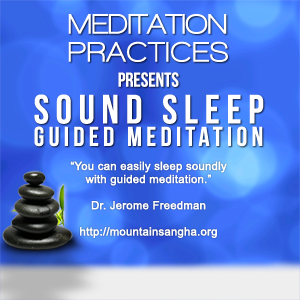
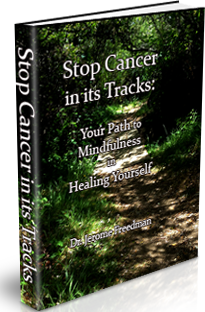
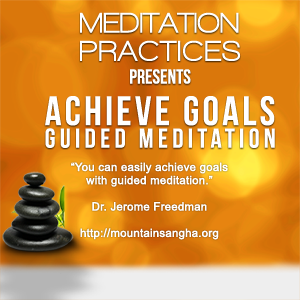

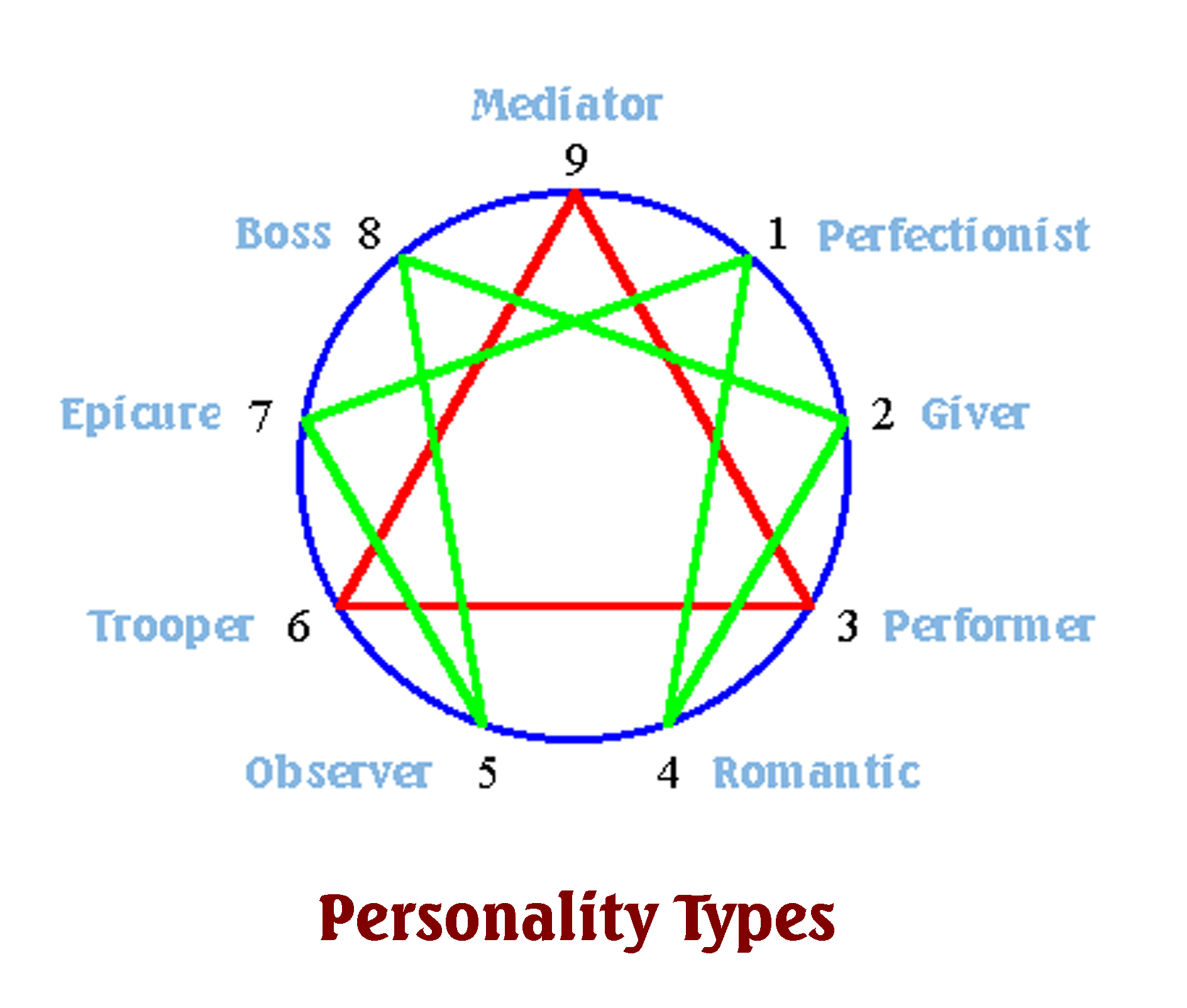
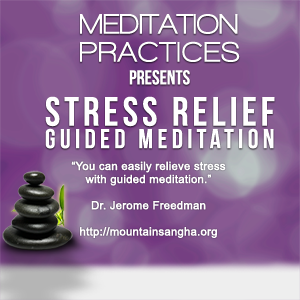
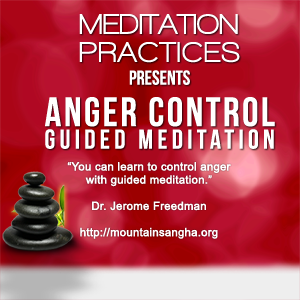

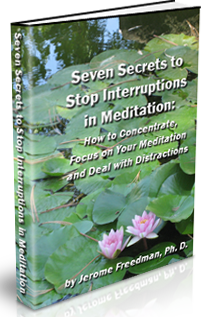
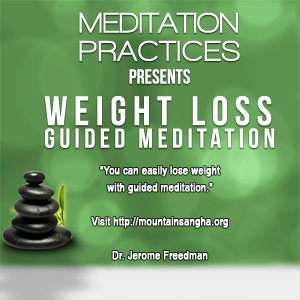

You must be logged in to post a comment.